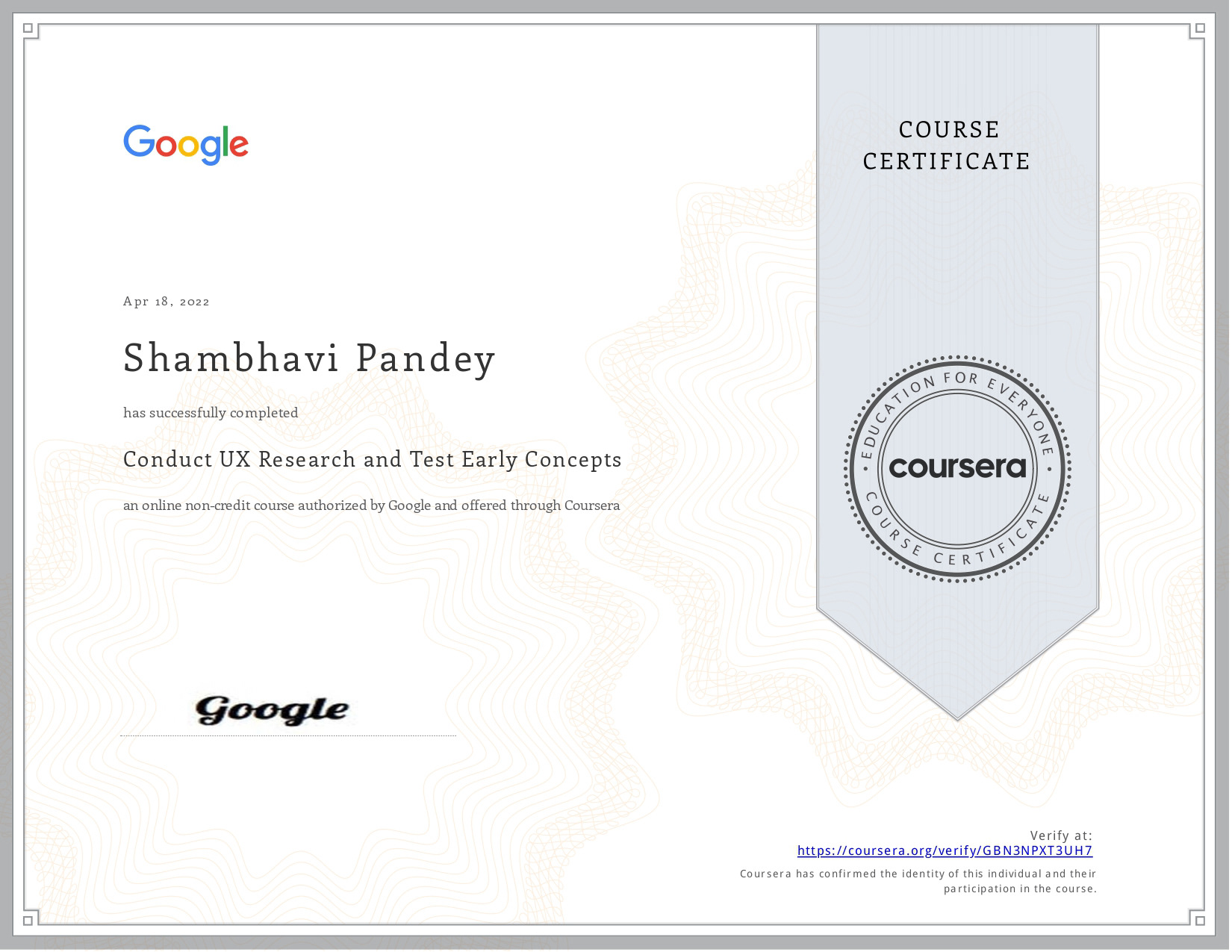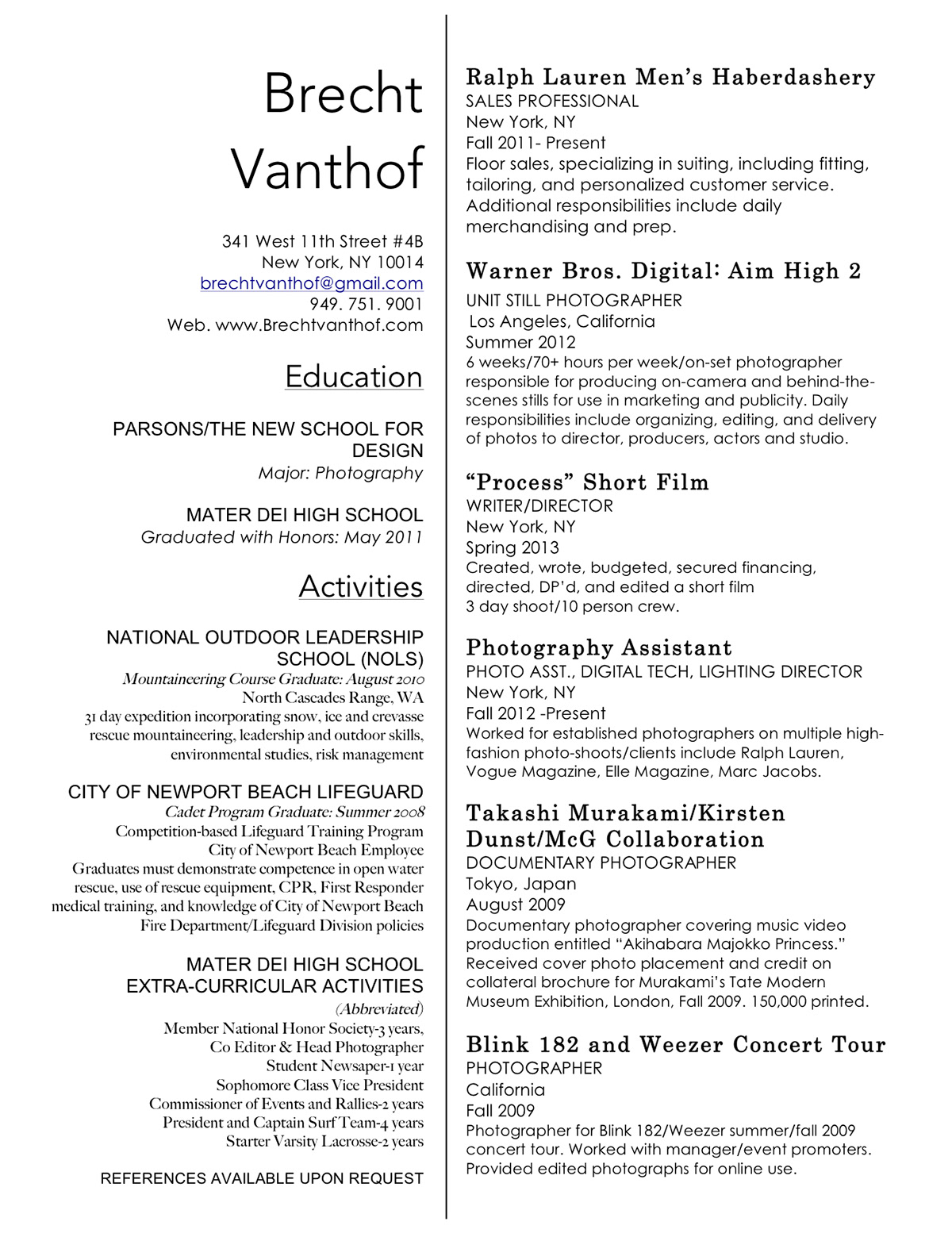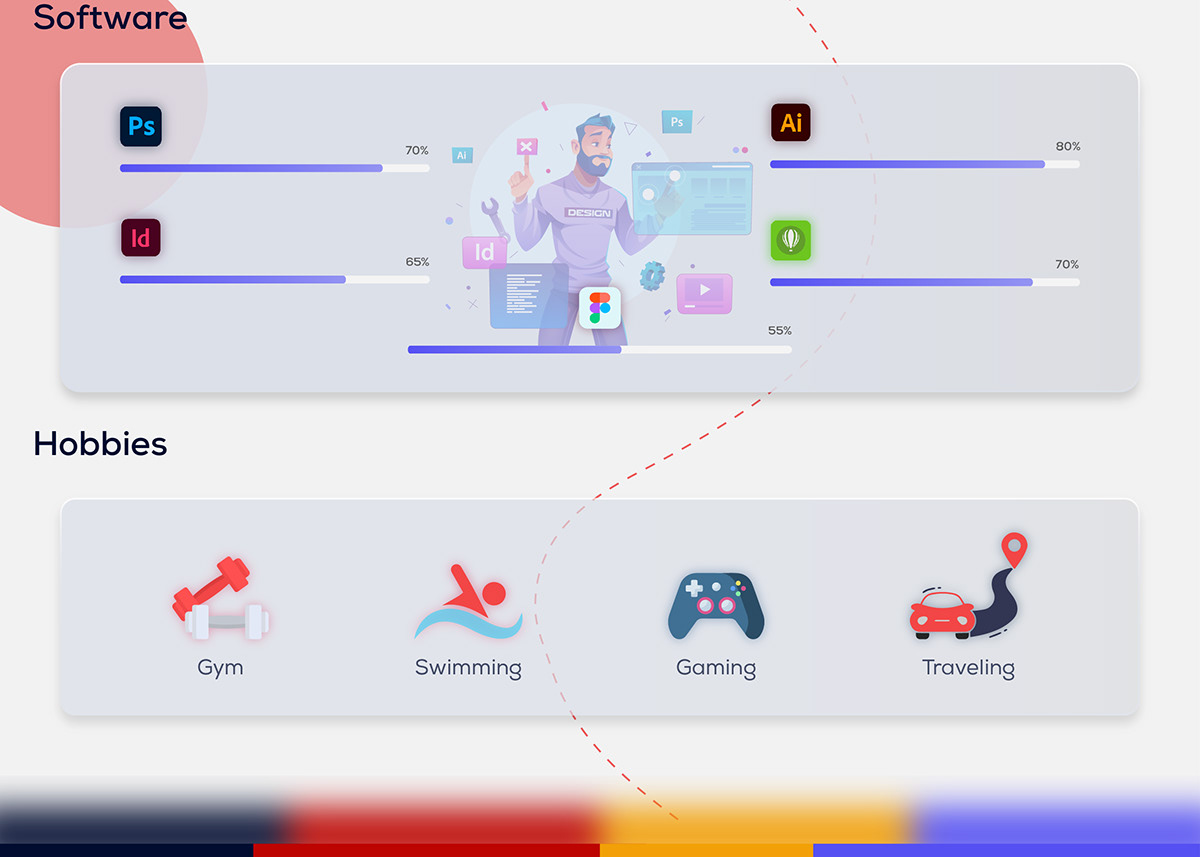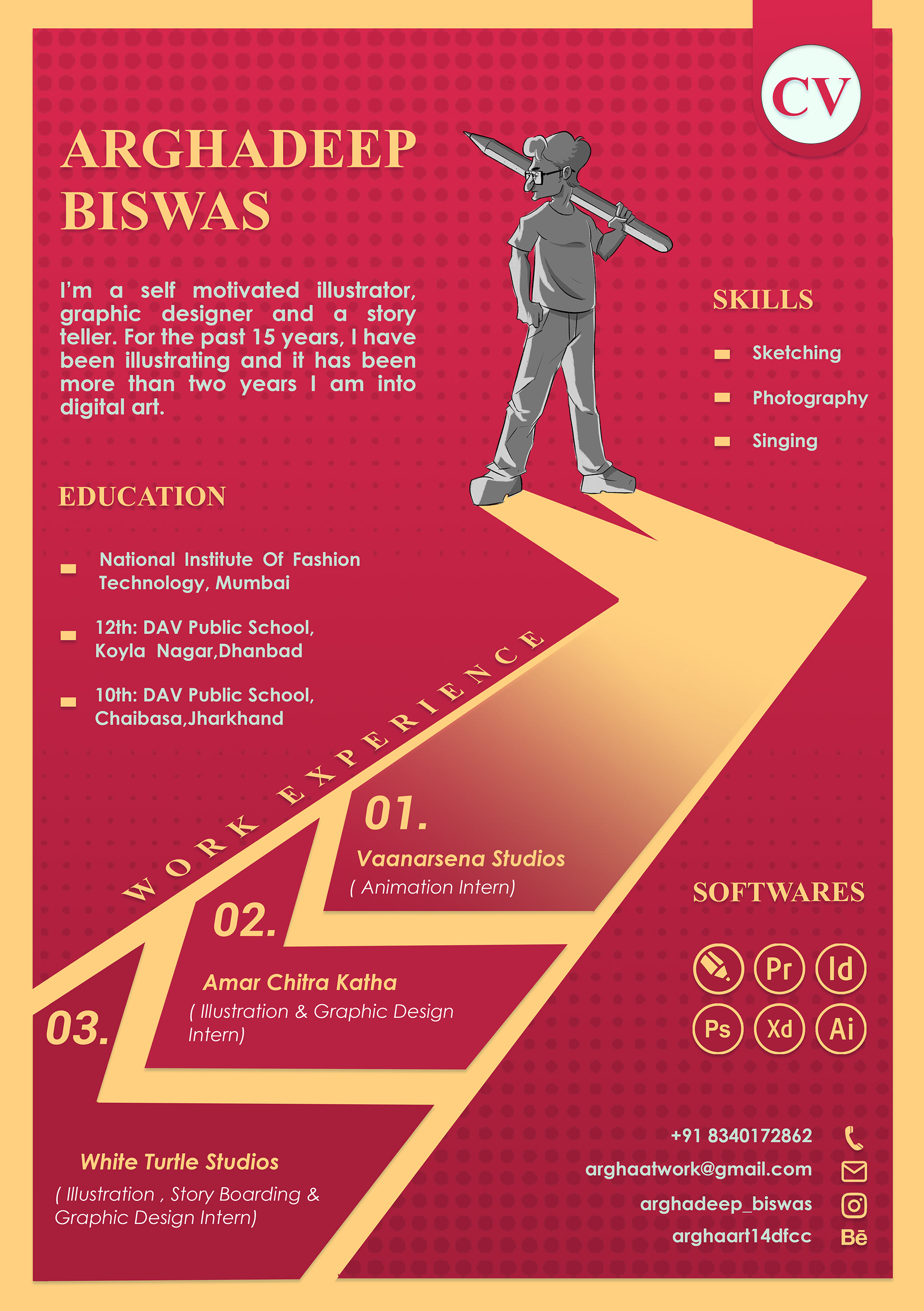If you're a creative professional looking to showcase your work, you’ve probably encountered Behance. This platform is a fantastic playground for designers, photographers, illustrators, and all sorts of artists to display their portfolios. But how do you effectively share your resume alongside your creative projects? In this post, we’ll guide you through the ins and outs of Behance, making sure your portfolio shines and your resume stands out.
Understanding Behance as a Platform

Behance is more than just an online portfolio; it’s a vibrant community of creatives from all over the world. Launched by Adobe, the platform allows users to create visually engaging presentations of their work, making it easy for potential employers and clients to discover your skills. But what makes Behance truly special? Here’s a closer look:
- Visual Focus: Unlike traditional job boards, Behance emphasizes visual storytelling. Projects can be displayed in a stunningly rich format, allowing you to showcase your unique style and creativity.
- Networking Opportunities: By engaging with other creatives, you can expand your professional network. You can follow other creatives, comment on their work, and even collaborate on projects.
- Project Details: Behance allows you to add detailed descriptions, tags, and even the tools you used for each project. This not only enhances visibility but also showcases your expertise.
- Creative Community: Being part of the Behance community means receiving feedback, gaining exposure, and being inspired by others' work. Plus, you can keep track of trends in your field.
With features like customizable profile layouts and the ability to share updates seamlessly, Behance provides a rich ecosystem for sharing your work and your resume. Whether you are looking for freelance gigs or a full-time position, understanding how to leverage this platform can dramatically increase your chances of being noticed. The key is to present a cohesive narrative that aligns your creative projects with your professional experience. So, let’s dive deeper into how to share your resume effectively within this exciting platform!
Also Read This: How to Do the Behance Portfolio Angle Shot: Presenting Your Work with Creative Angles and Perspectives
Creating and Updating Your Resume on Behance

Creating a standout resume on Behance is not just about listing your work experience; it’s about showcasing your unique skills and personality! Here are some steps to help you build a compelling resume:
- Choose the Right Template: Start by selecting a resume template that complements your style. Behance offers a variety of designs, so pick one that reflects your profession or personal brand.
- Add Your Personal Details: Make sure to include your full name, contact information, and a professional-looking profile picture. This personal touch helps you to connect with potential employers.
- Highlight Your Skills: Use bullet points to list your relevant skills. Be specific! Instead of just saying “design skills,” you might specify “graphic design,” “UX/UI design,” or “branding expertise.”
- Showcase Experience: Include previous job roles, internships, and freelance gigs. For each position, summarize your responsibilities and achievements to demonstrate your value.
- Include Projects: One of the best features of Behance is your ability to visually showcase your work. Link to specific projects that highlight your skills and achievements.
- Regular Updates: Make it a habit to update your resume regularly. This keeps it fresh and ensures you’re showcasing all your latest accomplishments.
Remember, your Behance resume isn’t just a document; it’s an evolving portfolio of who you are as a creative professional. Keep it aligned with your goals!
Also Read This: How to Upload Spark Projects to Behance for Creative Showcase
Steps to Share Your Resume from Behance

So, you’ve created a fantastic resume on Behance. Now, how do you share it effectively? Let’s break it down into easy steps:
- Log into Behance: Navigate to your Behance profile and locate your resume project. Make sure you’re logged in to access sharing options.
- Check Your Project Settings: Before sharing, ensure your resume project is public. This way, anyone with the link can view it. You can adjust this setting in your project settings.
- Copy the Link: Click on the ‘Share’ button, usually found at the top right of your project page. A link will be generated; copy this link for sharing.
- Share on Social Media: Post your resume link on platforms like LinkedIn, Twitter, or Facebook. Consider writing a brief message explaining what you’re sharing—maybe even add a call to action!
- Email Your Resume: If you’re applying for a specific job, it’s a good idea to send a personalized email with the link to your Behance resume. This makes it easy for employers to view your work.
- Follow-Up: After sharing, don’t hesitate to follow up with connections or potential employers. A simple message can keep you on their radar!
By taking these steps, you can effectively share your Behance resume and increase your chances of landing exciting opportunities. Happy sharing!
Also Read This: How to Distort an Image for Creative Effects
5. Best Practices for Sharing Your Resume

When it comes to sharing your resume on Behance, there are plenty of best practices to keep in mind to ensure it makes a strong impression. Here’s how to do it effectively:
- Optimize Your Portfolio: Before sharing your resume, make sure your portfolio is top-notch. Highlight your best work, and ensure each project has a clear description. This not only showcases your skills but also gives potential employers a glimpse into your creative process.
- Create a Dedicated Project for Your Resume: Instead of tucking your resume away in a private section of your profile, create a dedicated project that explicitly displays your resume. You can use the "Add a Project" feature on Behance to upload your resume as a PDF or image file.
- Use Engaging Visuals: A resume doesn’t have to be plain text. Consider incorporating engaging visuals, such as infographics or branded sections, to outline your skills and experience. This can help your resume stand out and be more memorable.
- Include Relevant Tags: Use relevant tags when sharing your resume project. This helps others find your work easily. Think of tags that relate not only to your profession but also to specific skills, tools, or industries.
- Promote Your Resume: Don’t be shy about promoting your Behance profile. Share links on your social media, job boards, or even email signature. The more visibility your resume gets, the better your chances of landing opportunities.
6. Conclusion
Sharing your resume on Behance can be a game-changer in your job search or freelance journey. By adhering to the best practices outlined above, you can effectively showcase your skills and experiences in a visually appealing way. Remember, your resume is often the first impression potential employers have of you, so make it count!
In conclusion, take the time to craft a standout profile and project that clearly communicates your capabilities. Not only will this help in attracting job offers, but it will also enhance your professional identity in the creative community. Embrace the platform’s potential and start sharing your resume with confidence!
 admin
admin








